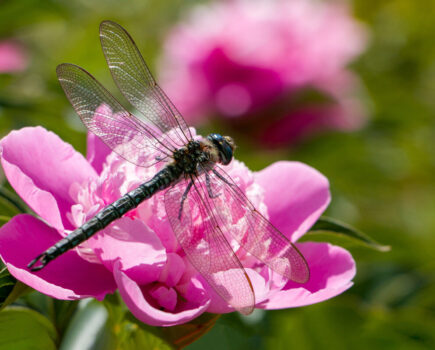Tim Rumball, editor of Amateur Gardening magazine, explains and demonstrates the process. He emphasizes that deadheading is not only beneficial for maintaining the aesthetic appeal of the bushes but also essential for providing food for butterflies, bees, and hoverflies.
Tim guides viewers through the process, explaining that one should remove the dead flowers that are turning brown to allow the flowers behind them to grow and bloom. This practice ensures that new flowers keep opening, possibly until the end of October, depending on the weather. He demonstrates how to identify the main flower stem and the side shoots, explaining that removing the main stem when it starts to wither allows the side shoots to take over, promoting the growth of new flowers.
Throughout the video, Tim provides practical demonstrations, showing exactly where to cut the stems and which parts to remove to encourage the growth of new flowers. He suggests regularly going over the plant, removing the dead flowers to push more flowers out, which should ideally continue until the end of October unless early frosts occur.
In summary, the video is a practical guide on deadheading buddleja bushes, emphasizing the importance of the practice in promoting prolonged flowering and supporting wildlife such as butterflies and bees.





